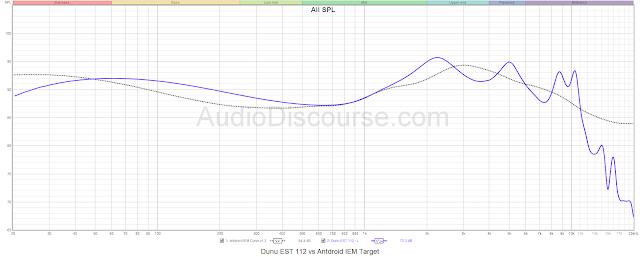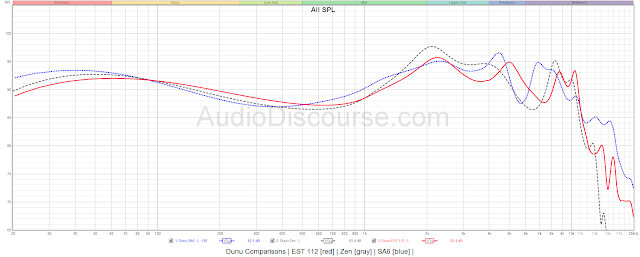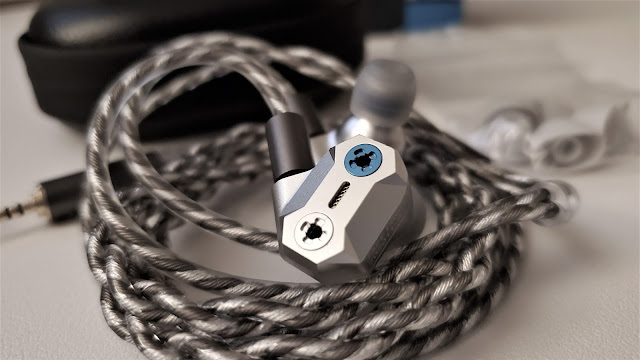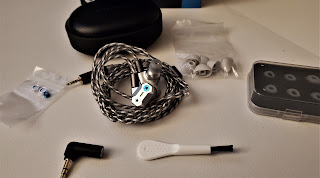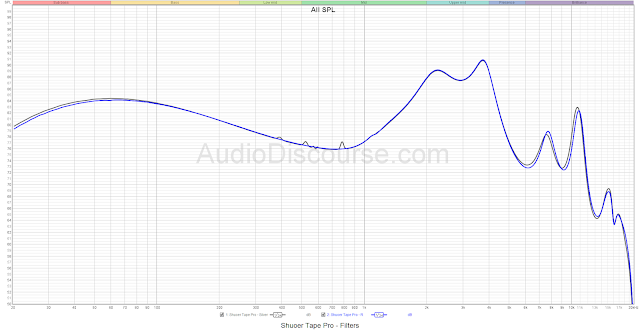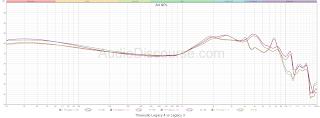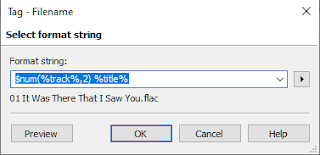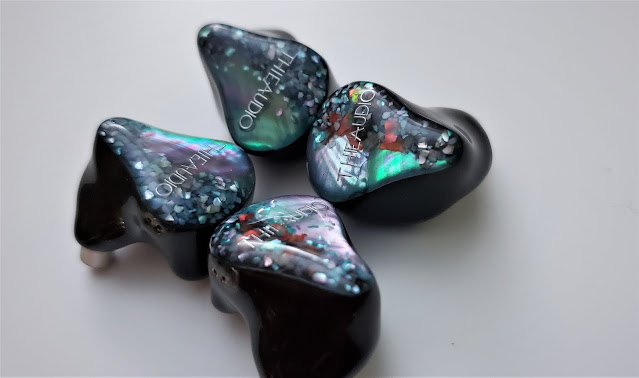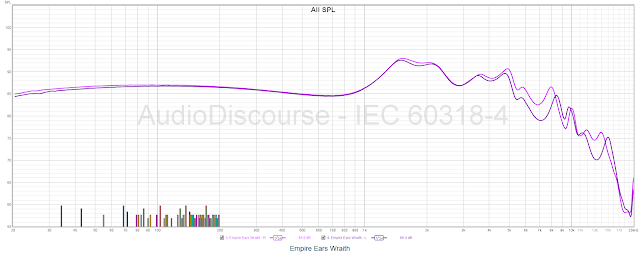Balanced tonality, crisp airy soundstage, rock-solid imaging, quick transients, punchy, slammy, and good dynamics with a decently wide soundstage. These combined terms don't typically come from me on most of the review units I receive, much less ones that are priced in the affordable range and by an obscure no-name Chinese brand like 7Hz. But, so it is.
I have never heard of 7Hz before, and Lillian from Linsoul asked if I wanted to try out this new planar magnetic driver in-ear monitor earphone called the "Timeless" several months back. As some may know, I enjoy my fair share of planar magnetic over-ear headphones, and have owned several disappointing in-ear planars in the past, and have demoed, reviewed and painfully listened to most of the ones on the market to date.
All of them are tuned terribly. Very few of them can be fully saved by EQ. The ones that do though can be technical beasts like the Audeze LCD-i4, but again, requires some sort of EQ capability on the go. Yes, Audeze packages their units with the optional Cipher cable, but that also requires a soon to be outdated lightning jack limited to iPhones and older iPads. Android users can get by with an Anker adapter but can't tune the Cipher since the App is iOS exclusive.
Enter the Timeless. It's all the things I mentioned in the first paragraph, and a shockingly good IEM at just $219 with a well thought out package to boot. Let's talk about it some more.
Unboxing
The Timeless comes in a simple box that feels a bit more weighty than one would normally expect out of an IEM package. The reason for this is because there a hefty machined aluminum hinged-flip-top box that is included to store and carry the Timeless in. It's a very nicely designed and finished case that should hold up to even big drops, while also feeling very luxurious and premium.The Timeless also includes a series of tips and a silver-colored 2-core braided cable that I absolutely love. It's very lightweight, but feels and looks premium. Its the type of design choice I like and is similar to the same cables I bought from XINHS on Ali Express, except the Timeless cables have more premium connectors and splitters that are metal and color-matched to the black and red shell housing colorway.
The Timeless itself is a 14.2mm planar driver within the round disc-like aluminum shell. The driver size puts it smaller than my very own Unique Melody ME1, and the Audeze series of iSine/LCD-i4 and i3/Euclid, but however, it is larger than the RHA CL2, and the various Tin P1, P2, and other recent chi-fi planar iems.
At this size, it looks perhaps a bit intimidating; not as much as when I got the iSine and ME1 several years ago, but more so than other IEMs. But Timeless made this set very lightweight, and incredibly comfortable for my ears, which don't jibe well with certain IEMs. Surprisingly, I am able to wear this unit for several hours without any discomfort. I haven't had a chance to really see how long I could go, because I'm always interrupted by meetings or other things during the course of a typical day, but it's one of the few IEMs that I never feel when I'm wearing.
Sound Impressions
Not feeling any discomfort is a good thing, because the Timeless sounds really good. It's rare that I have no urge to take off a random review sample that I never heard of before, after hours of listening for an entire week. There were times when I was grooving to jazz band, Go Go Penguin, or soul artist, Celeste, between meetings and begrudgingly had to take the Timeless off to attend to my calls.Part of this was because the first time I put the Timeless on, I was immediately shocked that I heard a planar IEM that was tuned to be listenable without EQ straight out of the box. And not only that, but this was tuned better than MOST IEMs I've heard, no matter the driver configuration. It's just tonally balanced to my liking and if I had to describe it, I would say that it's perhaps a tad too elevated in the low end, but is very punchy and dynamic with a steady mid-range and an upper treble region that is right on the spot in terms of balance. The treble range is well-extended but can be just slightly north of neutral, but that also helps provide that dynamic sense and added excitement, while never sounding sibilant to me (YMMV, see more below). It's just a well-tuned device.

The Timeless's biggest weak point perhaps is that its not the most resolving planar out there. That belongs to the Audeze LCD-i4, which is priced 12 times more. But even so, it is still resolving, but maybe not enough for how much bass level it has. If I had to really nitpick, I'd say that the bass is just slight too much at times, and because it isn't the most resolving, or the fastest in transient speed here, that it comes off just a little blunted or lacking definition at times. To simplify it all, the bass range sounds more rounded than I would like and missing the final layers of depth and detail.
But that is nitpicking it down, because I find most everything about the Timeless to be very strong, and given its price, this is maybe a no brainer purchase for those looking for a "low-priced" IEM with high-priced sound. Wow, I am sounding very shilly in this piece, and that's not normally my style, but I have come away very impressed on this unit!
The other nitpick that I think some people may find with this is that the treble is a little spicy. I've heard that some do find it a little too bright, but for me, it's not a thing. I find its treble tuning to be smooth for the most part with good extension that really lets me hear those closing resonance of cymbals and hi-hats and strings of the jazz and bluegrass music I frequently listen to in my review playlists and my typical relaxing listening sessions.
If there was specific area where one may find this a bit on the harsh or aggressive side, I'd say that I found some brass instruments and saxophones to be a little more forward and more personal than maybe I want to on many jazz tracks I heard. I never found similar issues with female singers, though I've read about such things on the various forums. It could come down to tips, insertion, or general tolerance for treble sensitivity.
Wrap-Up
For just over $200, the Timeless is one of my new reference IEMs for this price range, maybe up to $500, as you start heading into Dunu SA6 territory. The Timeless really sets itself apart from the rest of the pack here with a good balance of tonality and technical performance where many of the attributes that make planar driver special seem to come off with this unit -- that is: quick speeds, solid resolution, separation and imaging. And even then, it can actually hit pretty hard with its elevated bass.Add to that a nice carrying box, and a simple but attractive cable, and I think the Timeless really hits it out of the park. 7Hz, good job!
This iem can be purchased here:
https://www.linsoul.com/collections/all-archived/products/7hz-timeless


























